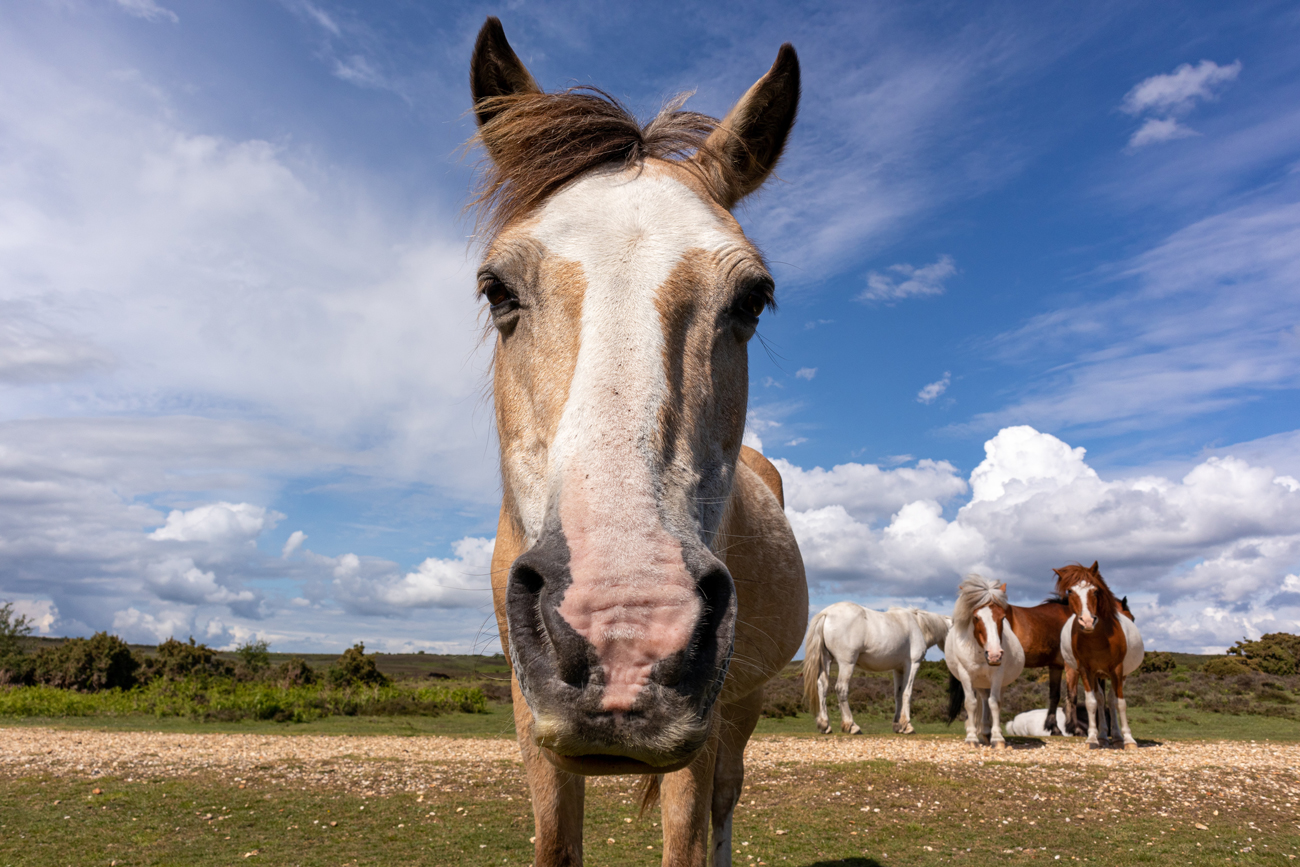Tragically, each year many horse owners simply dump their animals and leave them to fend for themselves. When horses are old, sick or dying, unscrupulous owners opt to leave them somewhere rather than face vet bills and other associated costs.
To stop this practice, the government has introduced a new law requiring all horses to have microchips from October 2020.
It is hoped that people will think twice about dumping their equines if the microchip provides a link back to them.
Why are horses dumped?
According to RSPCA figures, in 2017 alone around 1,000 horses were dumped, sometimes left in terrible conditions.
Horses can hardly give an owner’s name and address, so without other evidence the owners get away with this shocking way of treating animals.
Horses are often deposited in the countryside with no shelter, food or water, or while they are dead or dying.
The reason for dumping a horse is often financial – the owner either cannot or will not carry the financial burden of caring for a horse, especially one with an expensive health condition to treat.
The costs of keeping a horse can be significant. This is why insurance, such as horse insurance and horsebox insurance, are essential to help manage costs and prevent unexpected bills.
The Central Equine Database
The new system works with a central register of horses, known as the Central Equine Database (CED).
It stores information about a horse including the named keeper, the horse’s passport and passport issuing organisation (PIO), and details of the microchip.
The system offers a digital stable service which allows you to find up-to-date data on a horse, report an animal as missing or stolen and set a status alert on the national chip checker, which should flag up attempts to sell a horse illegally.
The CED is a legal requirement for all horses, ponies and donkeys in England, Wales and Scotland from 1st October 2020.
By that date, owners must log a horse’s microchip details with the PIO, either by informing the PIO of an existing chip or having a chip inserted and sharing details with the PIO.
The law came into force in October 2018 but there was a two-year grace period in which compliance was not mandatory.
A fine of up to £200 can be levied against owners who do not have their horse microchipped, passported and logged on the CED by the required date.

How do microchips affect the horse passport?
The CED works alongside the horse passport system. The passport is already compulsory.
A passport is a small booklet or smart card that carries details of an equine’s height, species and details of whether the animal can be used as human food after death.
The horse passport must be retained and is needed for vet care or sale of the animal. If a valid horse passport cannot be shown on demand, you could be subject to an unlimited fine.
The PIO must be told within 30 days of changes in ownership or the horse’s death. If the horse dies, then the passport should be returned to the PIO.
Once a horse is microchipped, the PIO should be informed so the passport can be linked to the chip.
From 2009 onwards, horses issued with passports have been required to have a microchip so for younger horses, the change in rules will make little difference.
Horses born before 2009 may not have been microchipped and it’s worth double checking the microchip status of younger animals, to avoid the risk of a fine.
What are the benefits of microchipping?
The microchip should help to deter the practice of dumping horses, but it brings benefits for responsible owners, too. It will make it harder for thieves to sell on stolen horses, or for horse sellers to fool buyers.
The chip will help to identify lost horses rapidly, helping to reunite them with their rightful owners as quickly as possible.
Police and local authorities can scan the chips to find the owners of stray horses or trace those responsible for mistreated animals.

How does microchipping work in practice?
Microchipping can be done by a vet for a fee of around £25 plus a vet call-out fee if the vet comes to your premises.
The chip is scanned to check it is working then inserted using a needle, which may cause brief discomfort. It is usually put into the nuchal ligament, below the mane on the left, midway between the poll and withers.
The vet scans the chip again once inserted to check it works, then uploads all the information required to the CED.
The chip is very small, but any horse showing signs of serious reaction to the microchip should be shown to a vet without delay.
A smaller microchip is also available, which is smaller than a grain of rice and therefore can be inserted with a very fine needle.
Insertion of the chip should not leave any scarring and the chip should stay put in the ligament, rather than moving into muscle tissue.
Transferring ownership
If you buy or sell a horse, the change in ownership will need to be logged on the CED.
A horse must be microchipped before being sold to a new home, so the breeder will always be the first registered keeper of a horse.
On buying a horse, the original owner gives microchip and passport papers to the new owner, who contacts the CED to register the change of ownership.
Other changes such as a change of address should also be confirmed to the CED. Additional fees may be payable for this.
If someone tries to sell you a horse which is not microchipped, you should refuse to purchase the animal.
The first time you see a vet after taking on a horse, you should ask for the microchip register details to be checked to rule out any mistakes or fraud.
Don’t forget that if you’re moving horses around regularly, or taking them to be sold, horsebox insurance is a must.
Are you doing all you can to protect your horse? Take out horsebox insurance from Equesure today.





